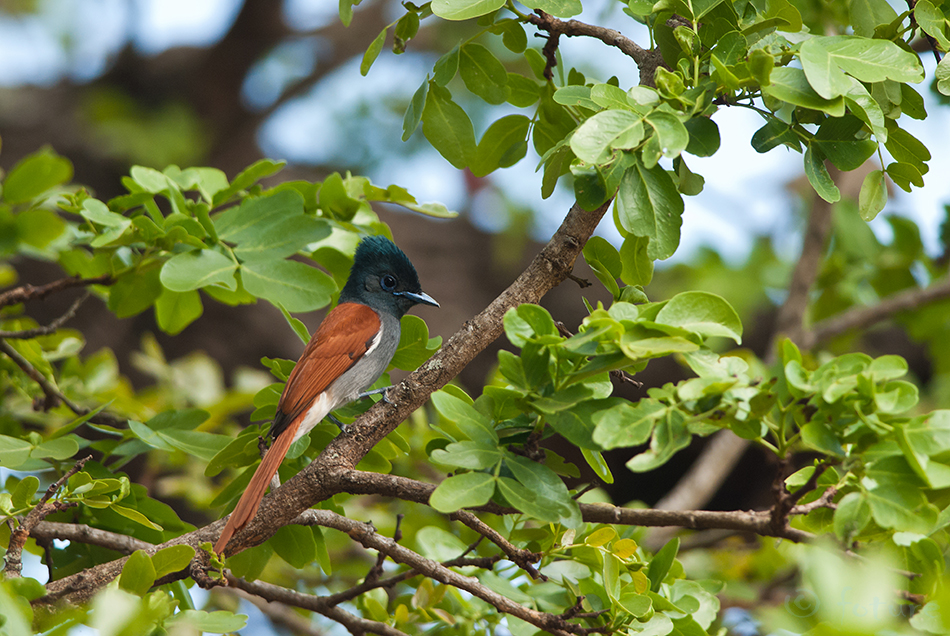Päike loojub, küljealune on kindel, nii võib lausa silm kinni vajuda...
The sun is setting, the position is firm, therefore eyelids can get quite heavy...
Teadlased samas väidavad, et jõehobud ei ole tegelikult seltskondlikud. Nad küll kogunevad õhtuti nn podidesse ehk kogumitesse, kuid see ei tähenda sõbrustamist. Sotsiaalne side on vaid emade ja tütarde vahel, ülejäänud on pigem erakud. Seetõttu on need kogumid eriti huvitav nähtus - miks ometi? Lihtsale vaatajale näivad nad küll nagu üks suur ja sõbralik pere. iSimangaliso Märgala Kaitseala, LAV.
The scientists claim that hippos are acutally not very social animals. They gather into the pods in the evening but that does not mean that they are all big friends. Only a mother hippo forms a social bond with its daughter(s), the other members of the pod prefer allegedly solitude. Therefore the pods are interesting phenomenons - why do they do that? For a viewer they seem like one big happy family. iSimangaliso Wetland Park.










































